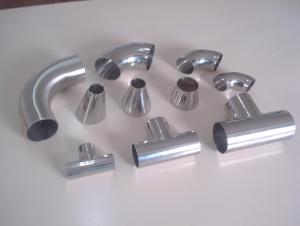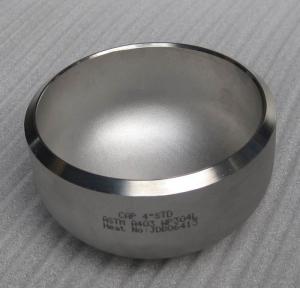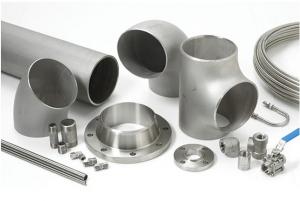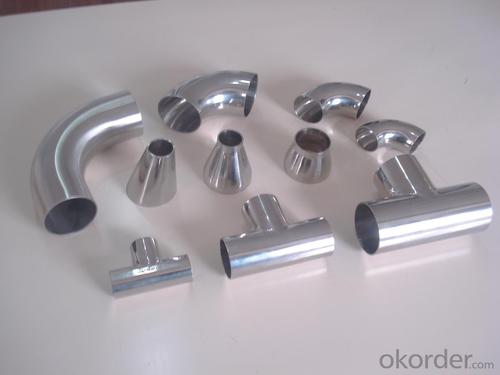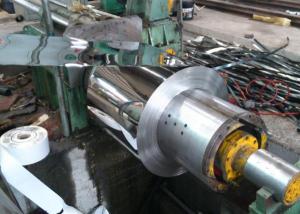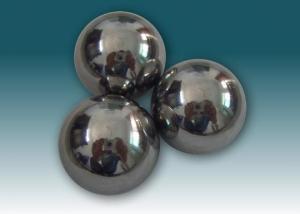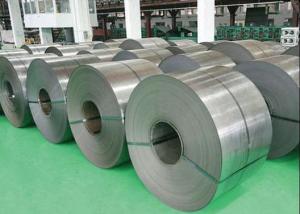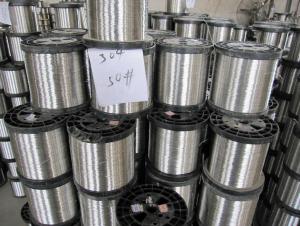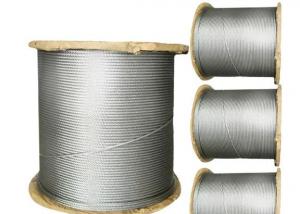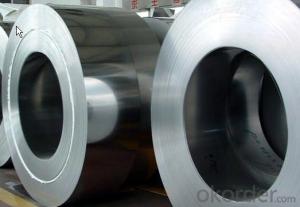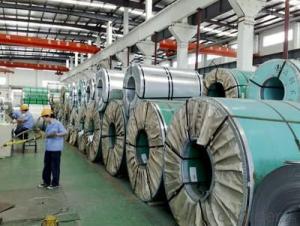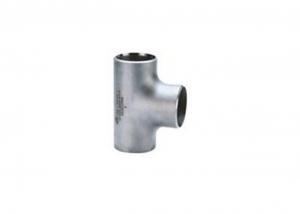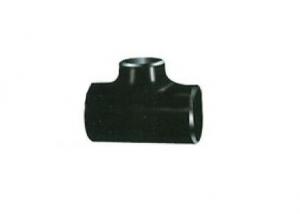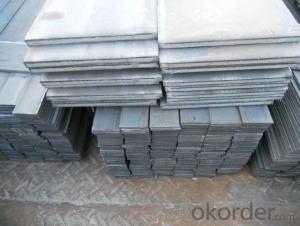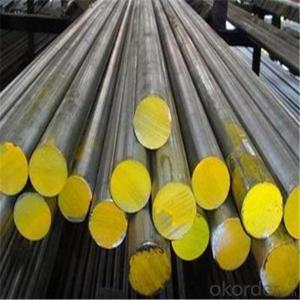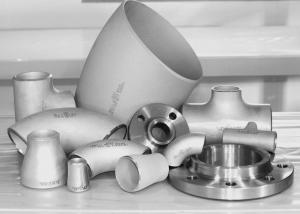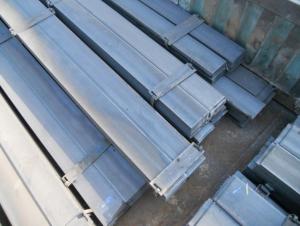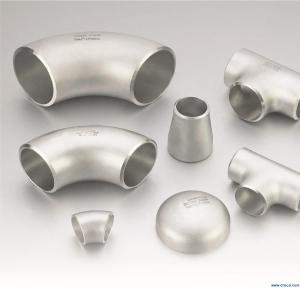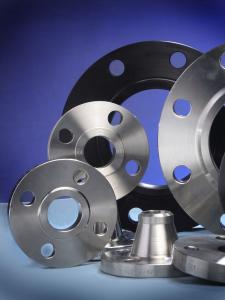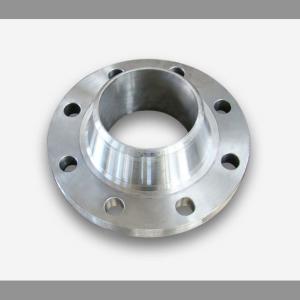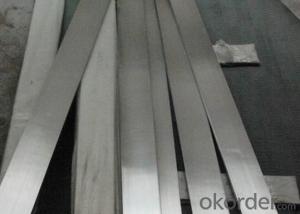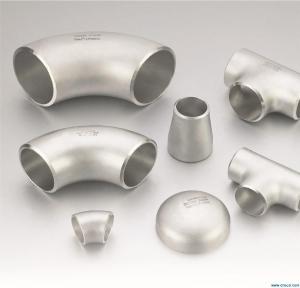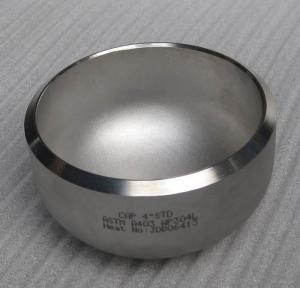Best Sale Stainless Steel Tee
- Loading Port:
- China Main Port
- Payment Terms:
- TT or LC
- Min Order Qty:
- 5 Pieces m.t.
- Supply Capability:
- 1000 Pieces Per Month m.t./month
OKorder Service Pledge
OKorder Financial Service
You Might Also Like
Stainless Steel Fittings
Specifications Features:
1) Carbon steel fitting and stainless steel fitting
2) Standard: ASME, ANSI, API, JIS
1. BUTT WELDED FITTING:
2. Production acc. to the standard of GB /ASTM / ASME / DIN / JIS
ASTM B 16.9 /16.11 B 16.28 JIS B 2311/2220 DIN2617/2616/2615/2391
3. Types: Elbows, seamless and welded, LR & SR ,Bend -Equal and reducing Tees,
seamless and welded - Concentric and eccentric Reducers,seamless and welded -Caps
4. Wall thickness: From Sch5 up to Sch160/STD/XS/XXS
5. Material Grades: A403,WP304, WP304L, Wp316, WP316L, A234WPB
6. Dimensions: Seamless: from 1/2' up to 24'
7. size: From 1/2" up to 72"
Outer packing:Seaworthy plywood case
|
Grade |
TP304,TP304L,TP321,TP316L,TP310S etc. |
|
connection |
welding |
|
techniques |
forged |
|
Surface finishing |
180/240/320/400 grit |
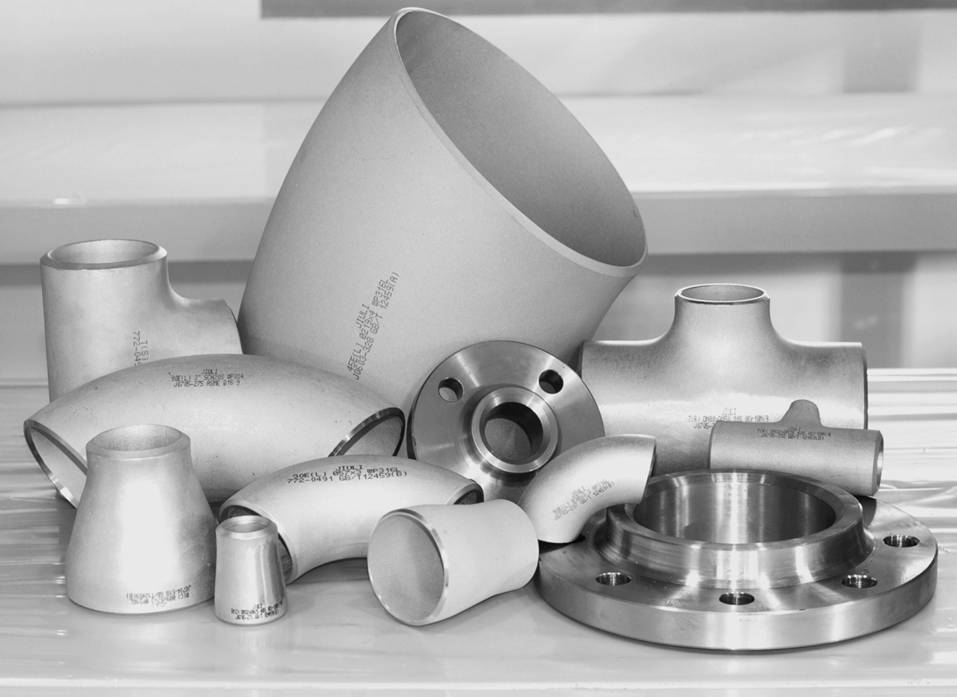
- Q: What is the availability of stainless steel flats in different regions?
- The availability of stainless steel flats varies across different regions depending on factors such as local demand, production capabilities, and distribution networks. In general, stainless steel flats are widely available in regions with a developed industrial and construction sector, such as North America, Europe, and parts of Asia. These regions typically have a well-established supply chain with numerous suppliers and distributors offering a wide range of stainless steel flat products. However, in less industrialized or remote regions, the availability may be more limited, and customers might need to rely on importing from other areas or larger cities.
- Q: Can stainless steel flats be plated with other metals?
- Stainless steel flats have the capability to be plated with other metals by means of electroplating, which is a known process. Electroplating involves the use of an electrical current to deposit a thin layer of metal onto the surface of a stainless steel flat. This process enables the application of various metals like gold, silver, nickel, brass, and copper onto the stainless steel flats. The plating serves to enhance the appearance, provide corrosion resistance, improve conductivity, or add other desired properties to the stainless steel material. However, it is important to acknowledge that the success of the plating process relies heavily on the compatibility between the base stainless steel and the metal being plated. Choosing the appropriate plating method, ensuring proper surface preparation, and adhering to the correct plating parameters are crucial to achieve a plated stainless steel flat that is both of high quality and durable.
- Q: What are the different grades of stainless steel flats available?
- A variety of stainless steel flats are available, each with its own unique properties and uses. Some of the common grades are as follows: 1. Grade 304: Stainless steel flats of this grade are widely used. They are renowned for their exceptional resistance to corrosion, good formability, and high strength. Grade 304 finds application in various fields such as food processing equipment, kitchen appliances, and architectural structures. 2. Grade 316: This grade of stainless steel flats exhibits remarkable resistance to corrosion, making it suitable for marine environments or situations involving exposure to chemicals or saltwater. Grade 316 is also known for its excellent strength and heat resistance, which makes it ideal for applications like pharmaceutical equipment, chemical processing, and marine hardware. 3. Grade 430: Stainless steel flats of this grade are predominantly used for their magnetic properties and heat resistance. Although they have lower corrosion resistance compared to grades 304 and 316, they are commonly employed in automotive trim, kitchen utensils, and industrial equipment. 4. Grade 201: This grade serves as a more affordable alternative to grades 304 and 316. It offers good formability and corrosion resistance, making it commonly used in cookware, appliances, and decorative trim. These examples represent just a few of the available grades of stainless steel flats. The choice of grade depends on specific application requirements, including corrosion resistance, strength, and cost considerations. It is advisable to consult a knowledgeable supplier or engineer for determining the most suitable grade for your project.
- Q: Can stainless steel flats be machined or drilled easily?
- Machining or drilling stainless steel flats is an easy task. This material is extensively used in various industries due to its exceptional mechanical properties and resistance to corrosion. Despite its toughness and hardness, stainless steel can still be machined with the correct tools and techniques. It is worth noting, however, that stainless steel is generally more difficult to machine compared to metals like aluminum or mild steel because of its higher strength and tendency to work harden. Therefore, it is crucial to use suitable cutting tools, coolant, and machining parameters to achieve satisfactory results. Similarly, drilling stainless steel flats necessitates the use of sharp and sturdy drill bits, proper lubrication, and appropriate feed and speed rates. By employing the right equipment and techniques, it becomes effortless to machine or drill stainless steel flats according to specific design and manufacturing requirements.
- Q: Can stainless steel flats be used in the manufacturing of cutlery?
- Yes, stainless steel flats can be used in the manufacturing of cutlery. Stainless steel is a popular material choice for cutlery due to its durability, corrosion resistance, and aesthetic appeal. Stainless steel flats can be easily shaped and molded into various forms, including knives, forks, and spoons. The flat shape of the stainless steel can be further processed to create the desired cutlery design, such as adding serrated edges to knives or shaping the handles for better grip. Moreover, stainless steel is known for its ability to resist staining, rusting, and pitting, making it an ideal choice for cutlery that will be exposed to moisture and food. Overall, stainless steel flats are widely used in the manufacturing of cutlery due to their strength, versatility, and hygienic properties.
- Q: Standard for stainless steel angles
- Executive standard: standard stainless steel angle is divided into equilateral equilateral angle steel and stainless steel stainless steel angle two stainless steel angle steel, the equilateral stainless steel angle can be divided into equilateral equilateral thick and unequal thickness two.
- Q: What is the difference between flat steel and steel sheet material?
- Material can be the same, the base material is different, processing technology is different, the mechanical performance is not the same. I'm cold rolled stainless steel materials, stainless steel plate, cold rolled strip, cold rolled steel, stainless steel has a flat, mechanical performance basically processing will not alter our raw materials, so not what is different before and after processing.
- Q: What is the weldability of stainless steel flats?
- Depending on the specific grade of stainless steel used, the weldability of stainless steel flats can vary. Typically, stainless steel flats are regarded as having favorable weldability because of their high chromium content and low carbon content, which grants superb corrosion resistance. Nevertheless, certain stainless steel grades, including those with higher carbon content or the precipitation-hardening grades, may exhibit reduced weldability and may necessitate preheating or post-weld heat treatment to prevent cracking or distortion. To achieve a successful weld, it is crucial to consider the stainless steel flat's particular grade and composition, as well as adhere to appropriate welding procedures and techniques.
- Q: What are the common widths available for stainless steel flats?
- The common widths available for stainless steel flats can vary, but they typically range from 1/8 inch to 4 inches.
- Q: Can stainless steel flats be used in the petrochemical industry?
- Indeed, the utilization of stainless steel flats is applicable in the petrochemical industry. This highly versatile and corrosion-resistant material finds widespread use across various industries, including the petrochemical sector. Its adaptability makes it particularly suitable for applications that involve exposure to harsh environments, high temperatures, and corrosive substances. Within the petrochemical industry, stainless steel flats serve numerous purposes, such as storage tanks, heat exchangers, pipelines, valves, and other equipment. These flats are renowned for their exceptional resistance to corrosion, a vital characteristic in an industry where chemical and corrosive substances are heavily employed. Additionally, stainless steel flats possess remarkable durability and can withstand elevated temperatures and pressures, rendering them ideal for demanding petrochemical processes. They exhibit resistance against cracking, scaling, and pitting, ensuring the equipment's integrity and longevity. Moreover, stainless steel flats offer hygienic properties, which are indispensable in industries that necessitate strict adherence to cleanliness and sanitation standards. They are easily cleaned, maintained, and sterilized, making them well-suited for use in petrochemical applications where minimizing contamination is imperative. In summary, stainless steel flats represent a dependable and cost-effective choice for the petrochemical industry. Their resistance to corrosion, durability, high-temperature capabilities, and hygienic properties make them highly suitable for an array of applications, thereby ensuring the safety and efficiency of petrochemical processes.
1. Manufacturer Overview
| Location | Anhui,China |
| Year Established | 2003 |
| Annual Output Value | Above US$16 Million |
| Main Markets | South Korea;Japan; Europe;ASEAN;India |
| Company Certifications | ISO 9001:2000; |
2. Manufacturer Certificates
| a) Certification Name | |
| Range | |
| Reference | |
| Validity Period |
3. Manufacturer Capability
| a) Trade Capacity | |
| Nearest Port | Shanghai |
| Export Percentage | 70% |
| No.of Employees in Trade Department | 160 People |
| Language Spoken: | English;Chinese;Japanese;Korea |
| b) Factory Information | |
| Factory Size: | Above 300,000 square meters |
| No. of Production Lines | Above 10 |
| Contract Manufacturing | OEM Service Offered;Design Service Offered |
| Product Price Range | Average |
Send your message to us
Best Sale Stainless Steel Tee
- Loading Port:
- China Main Port
- Payment Terms:
- TT or LC
- Min Order Qty:
- 5 Pieces m.t.
- Supply Capability:
- 1000 Pieces Per Month m.t./month
OKorder Service Pledge
OKorder Financial Service
Similar products
Hot products
Hot Searches
Related keywords
